Product Description
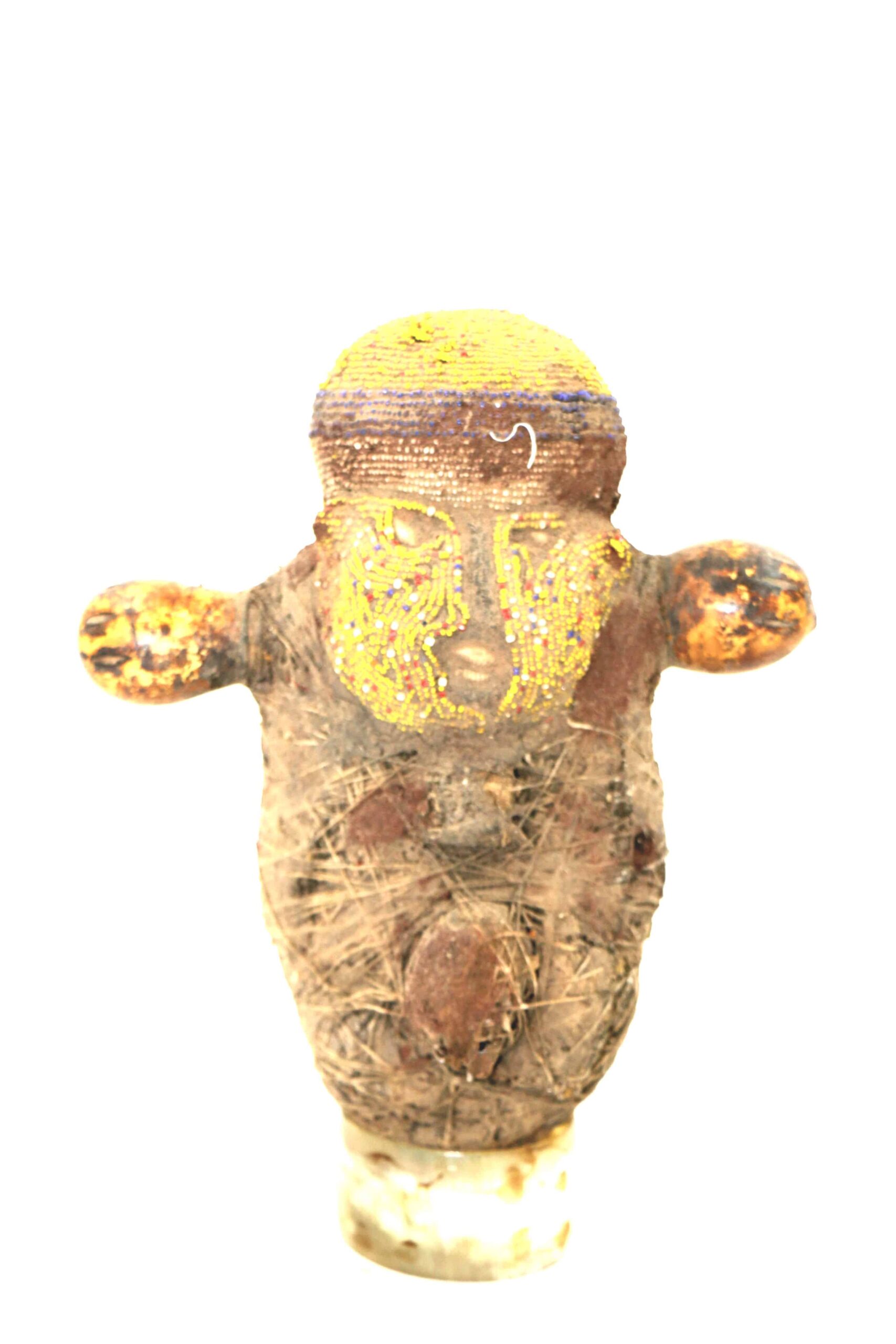
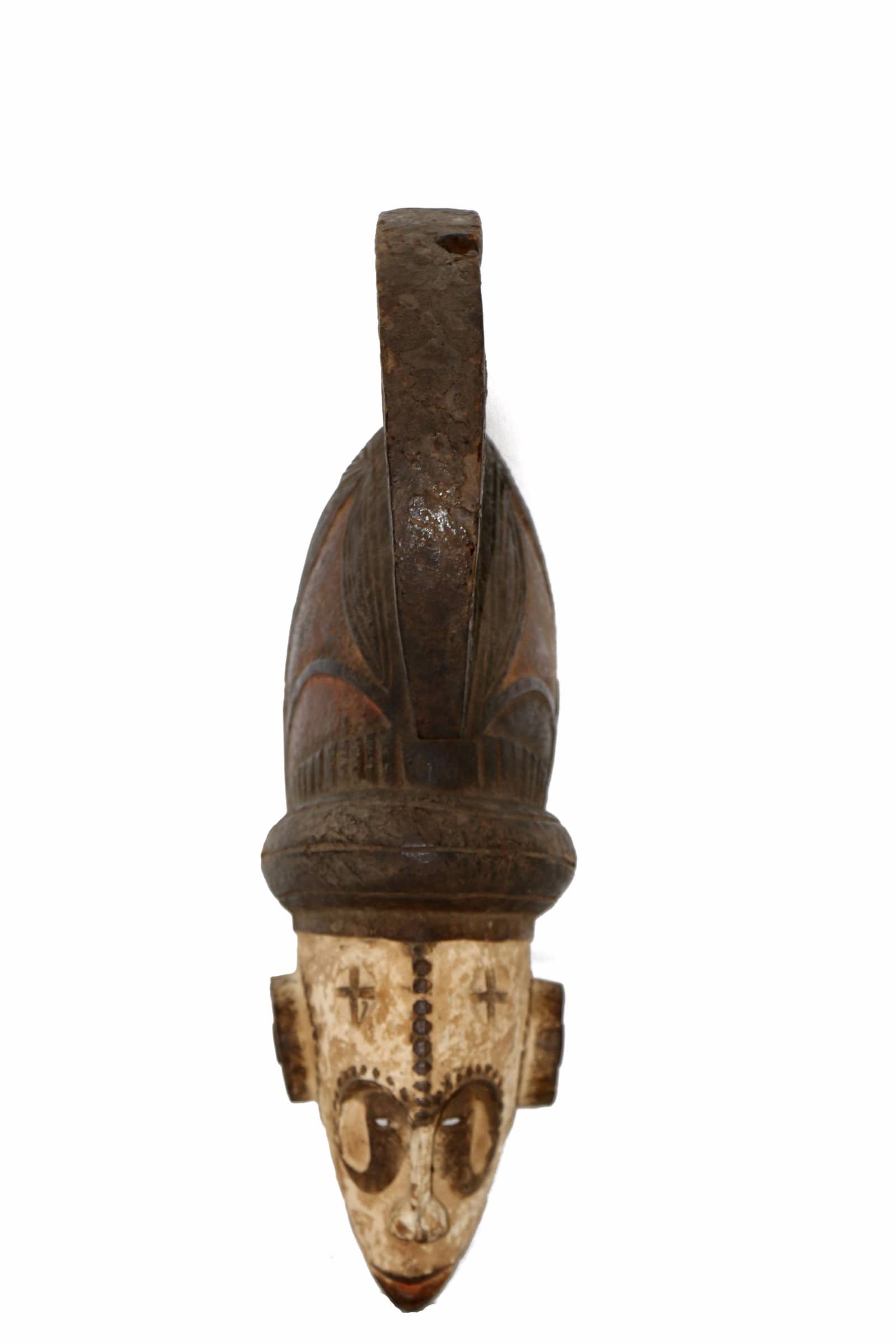
Muyombo Mask Pende – Congo
This beautiful and finely felt dance mask is called “muyombo” with almost completely preserved curtains and remains of bright pigment, is considered one of the oldest of the Pende people of DR Congo (Belgian Congo). Mask such as these were worn on top of the head like a baseball cap so it may be viewed in profile
Made of 100% wood, red pigments.
Model is W 53- H 22 and weight 0.9 kg.
Description
This “Mbuya” mask is considered one of the oldest of the Pende people of DR Congo (Belgian Congo). Very carefully executed, abstract facial shape with an elongated, carved beard, this additionally decorated with Raphia. Indicated round tattoos on cheeks and forehead, beard with zigzag design. The mask is worn on top of the head like a baseball cap so it may be viewed in profile. These masks were used for entertainment, at funerals and initiations of boys (Mukanda). Women, children and visitors from neighboring communities form the bulk of masquerade audiences.
The Pende people (singular: Mupende; plural: Bapende), also known as the Phende people, are an ethnic group in the south-western Democratic Republic of the Congo. The Pende are divided into two cultural groups: the Eastern Pende and the Western Pende who are distinct but consider themselves part of the same ethnic group. The number of people who consider themselves to be ethnically Pende is estimated at over 250,000.
Additional information
| Weight | 0.9 kg |
|---|---|
| Dimensions | 22 × 53 cm |
| Color | |
| Material |
Leave a reply Cancel reply
Returns and Exchanges
There are a few important things to keep in mind when returning a product you purchased.You can return unwanted items by post within 7 working days of receipt of your goods.
- You have 14 calendar days to return an item from the date you received it.
- Only items that have been purchased directly from Us.
- Please ensure that the item you are returning is repackaged with all elements.
Ship your item back to Us
Firstly Print and return this Returns Form to:
30 South Park Avenue, San Francisco, CA 94108, USA
Please remember to ensure that the item you are returning is repackaged with all elements.
For more information, view our full Returns and Exchanges information.

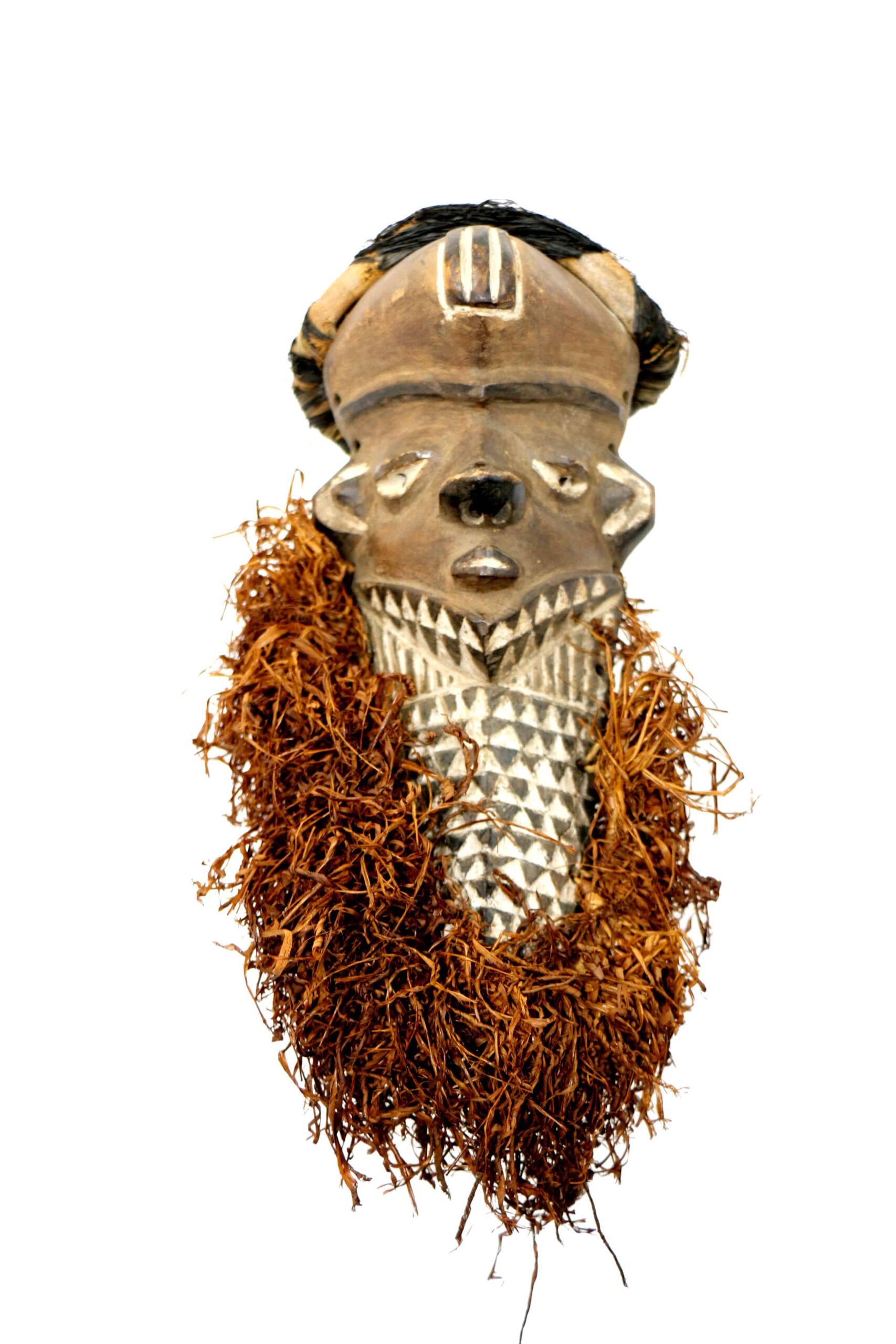
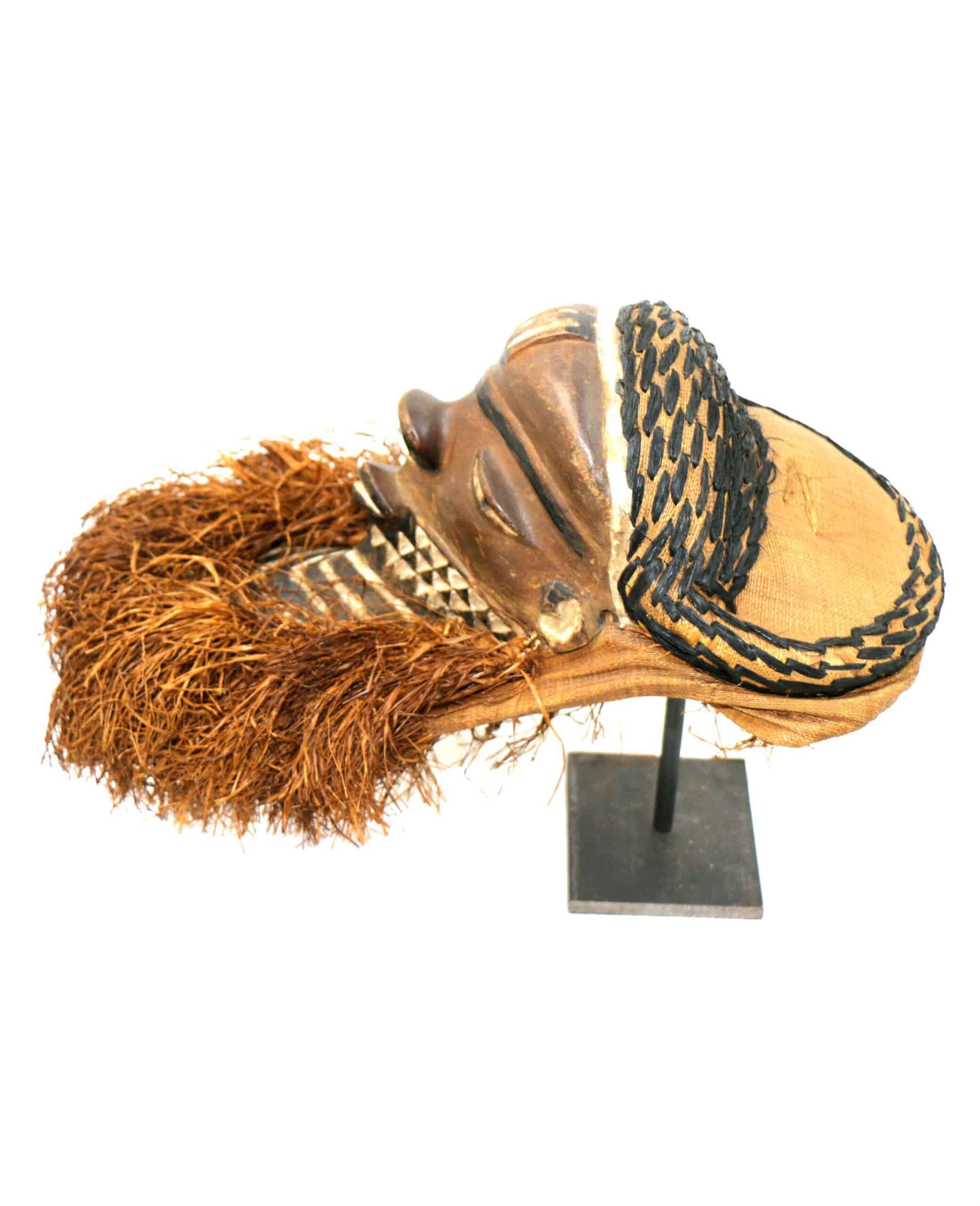
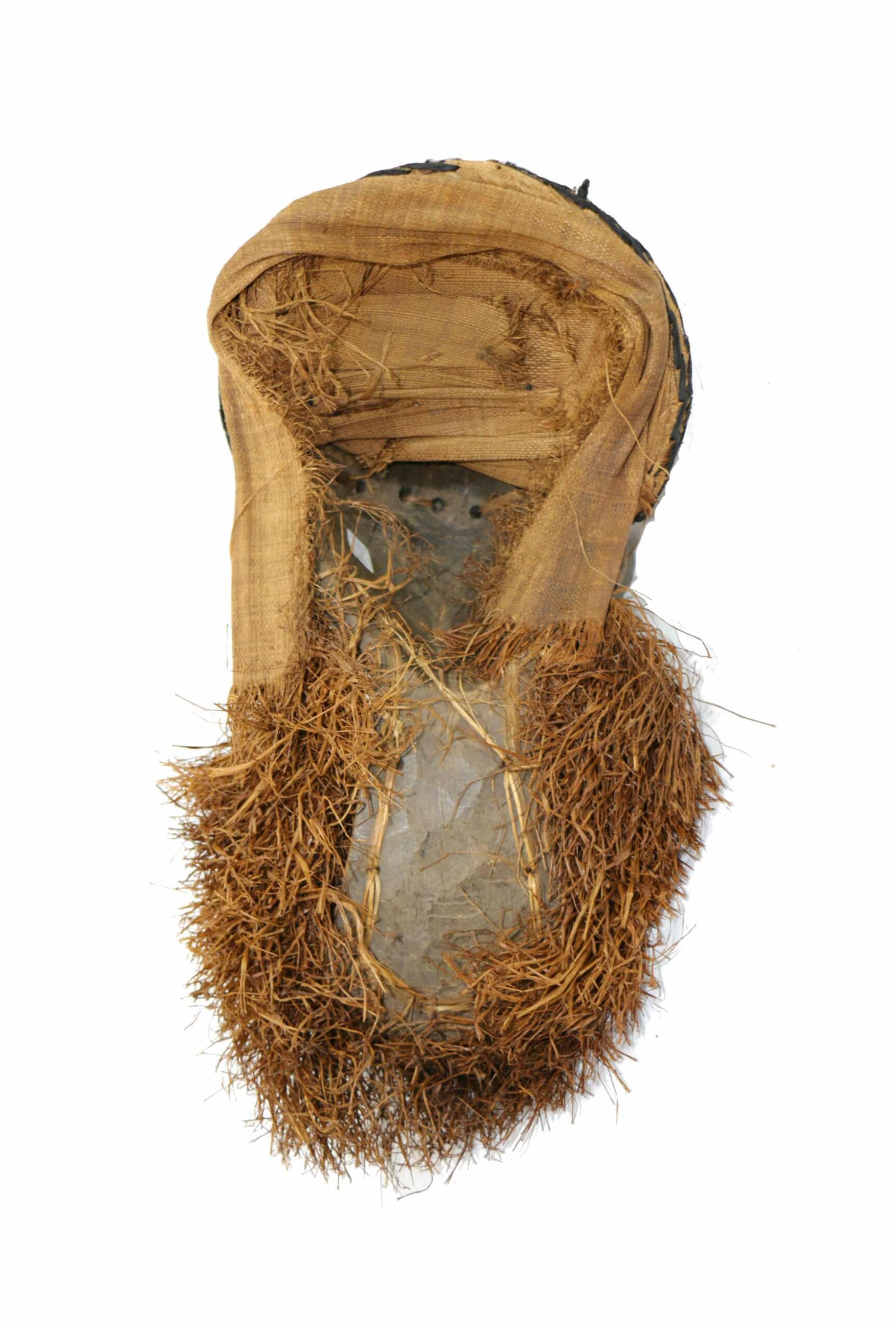
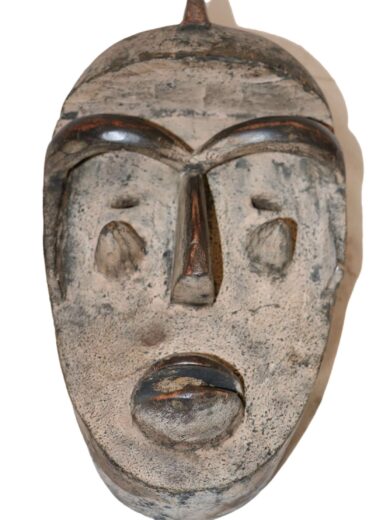
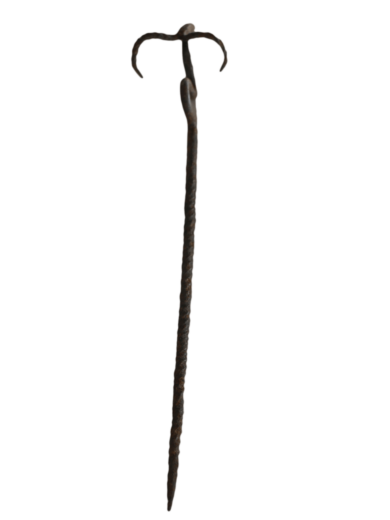
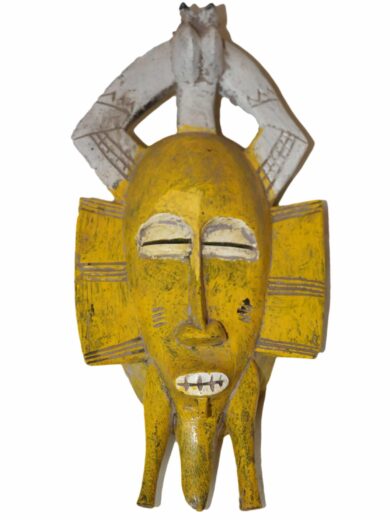
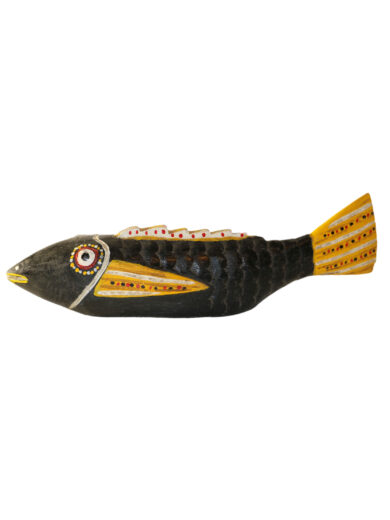
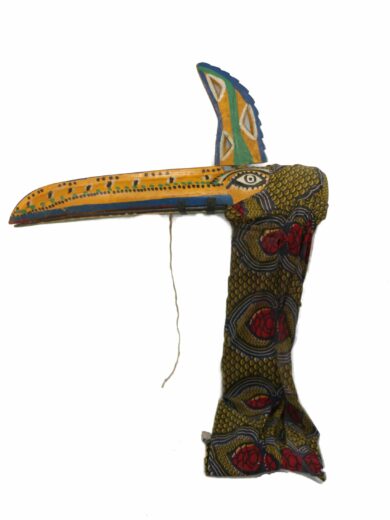
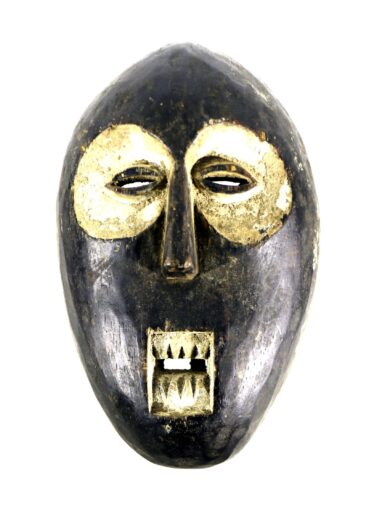
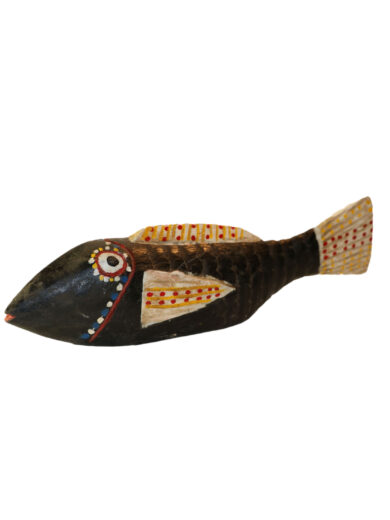
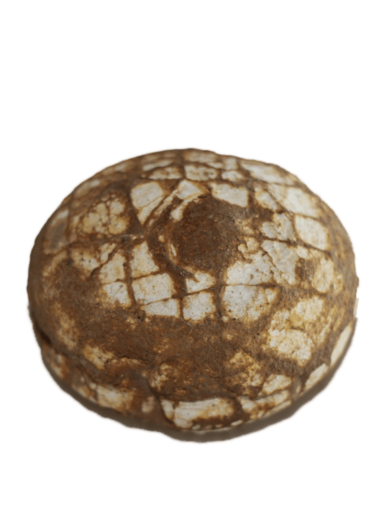
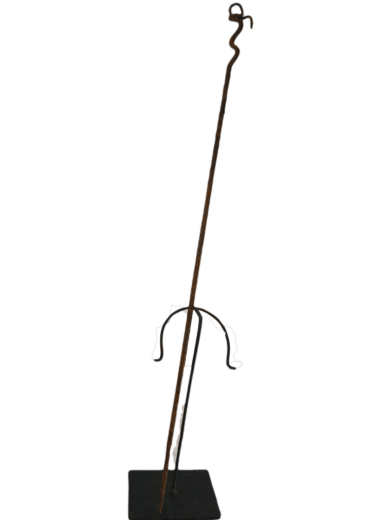
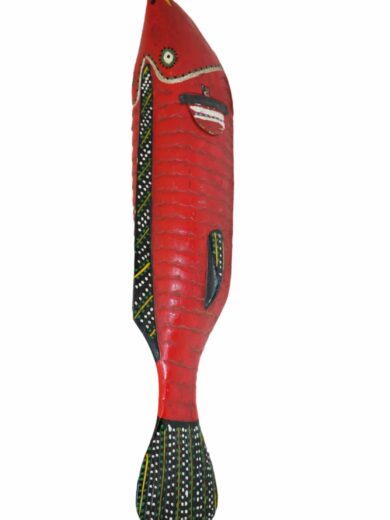
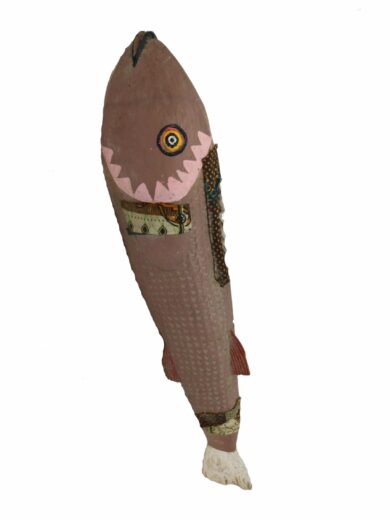
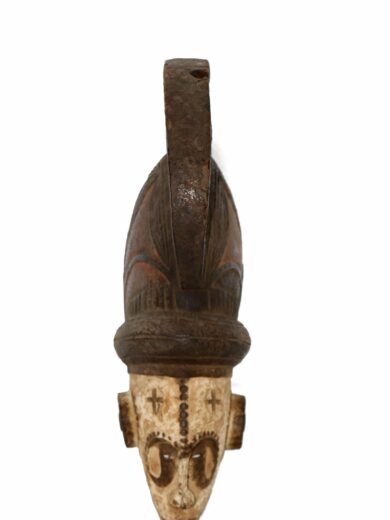
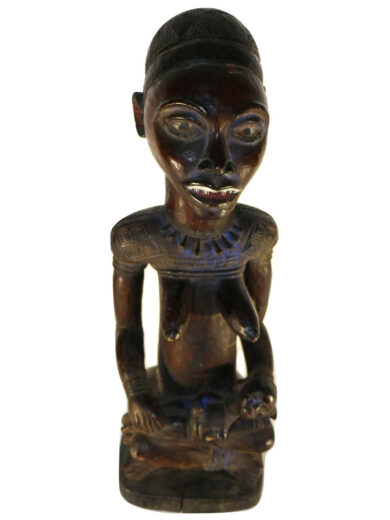
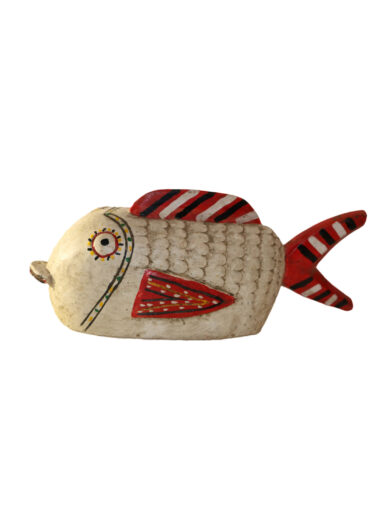
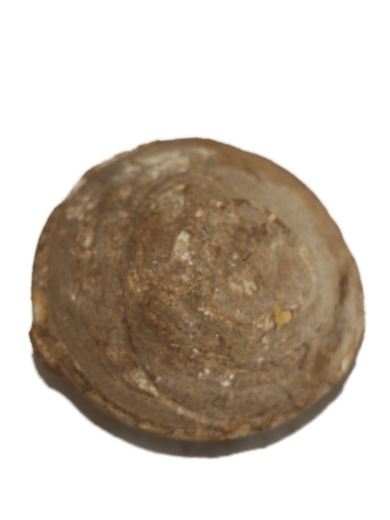
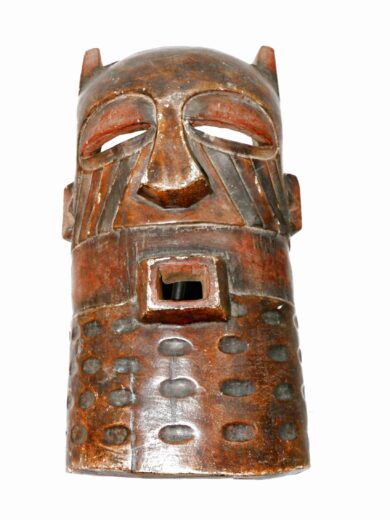
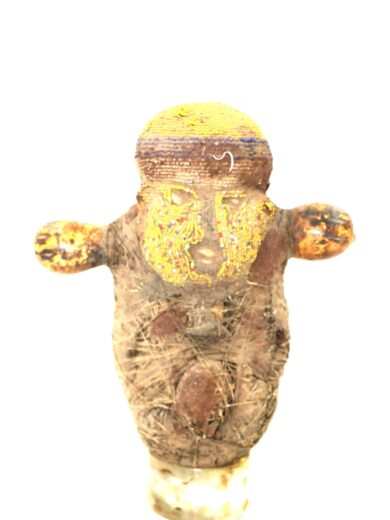
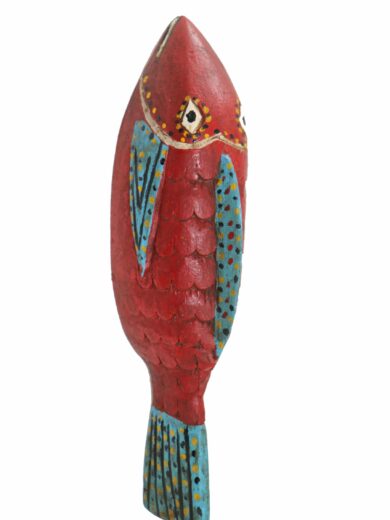
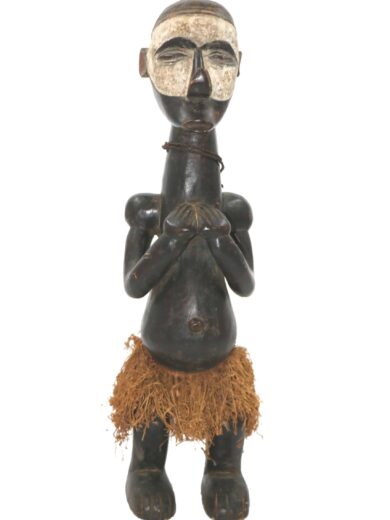
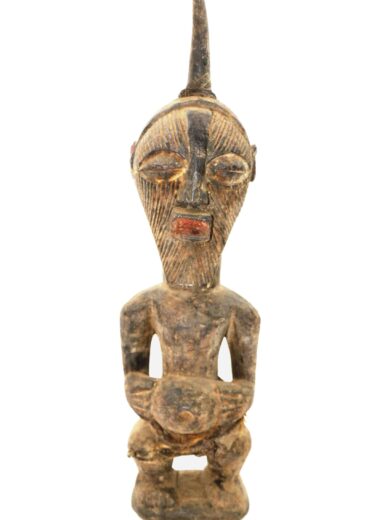
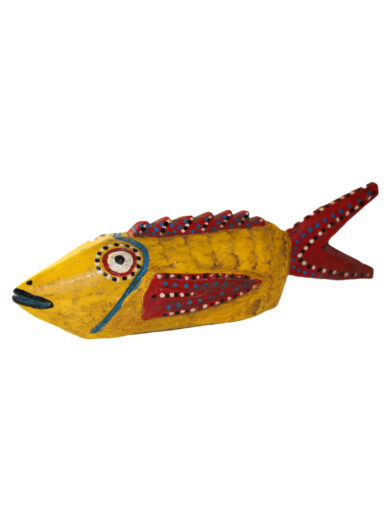
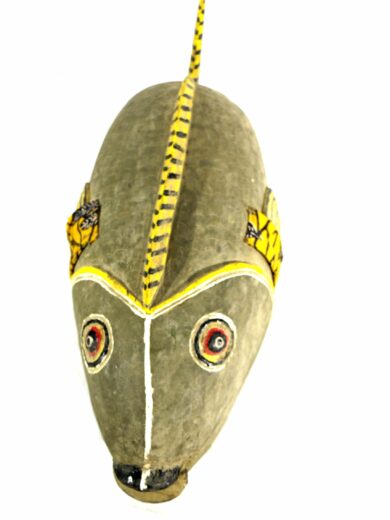
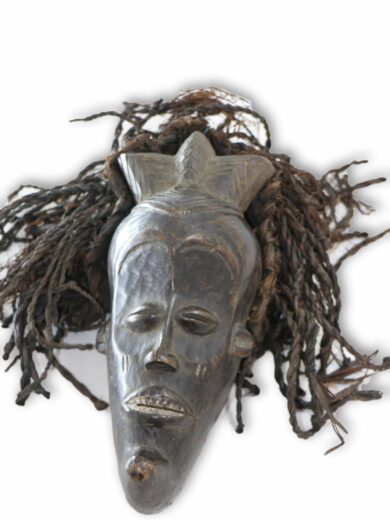
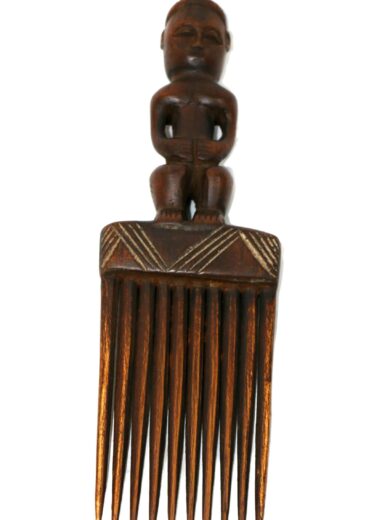
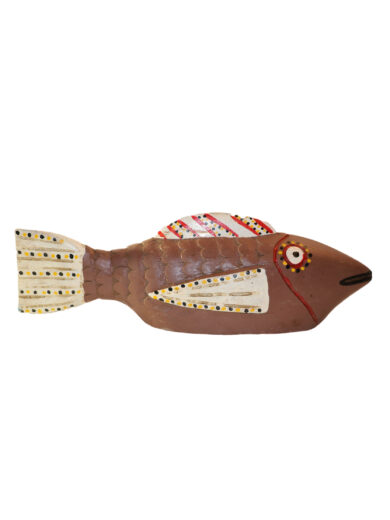
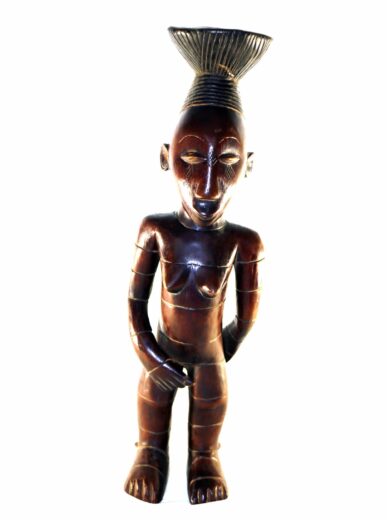
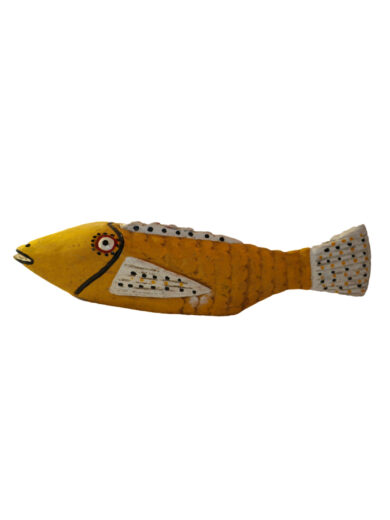
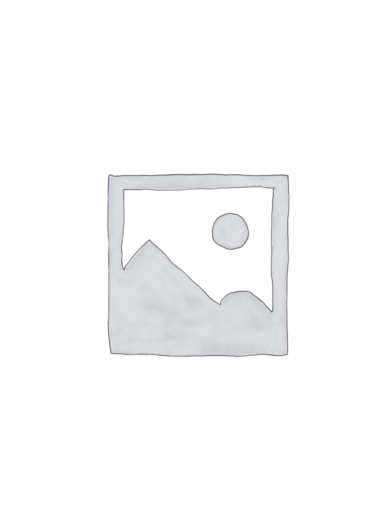
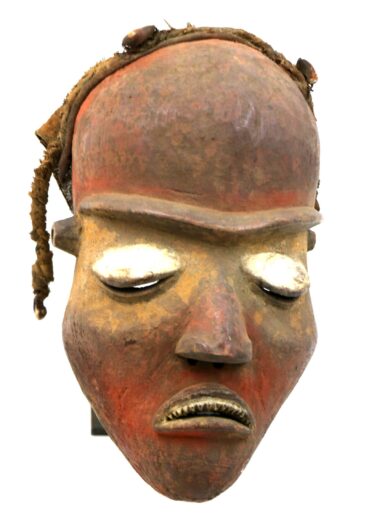
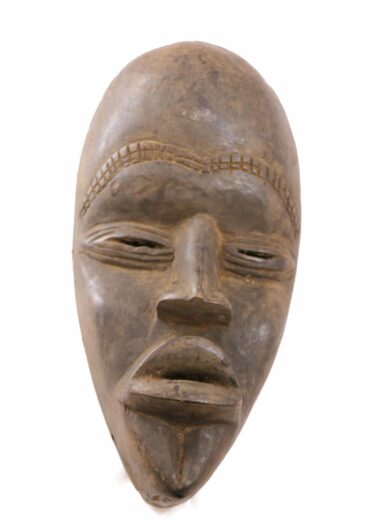
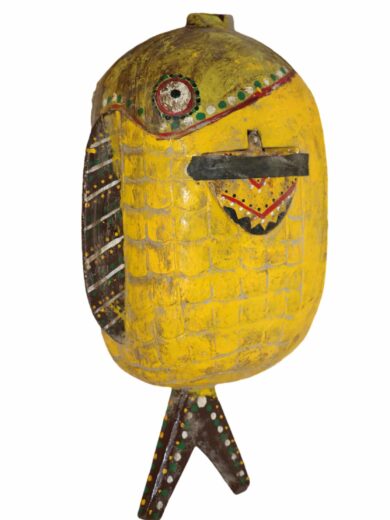
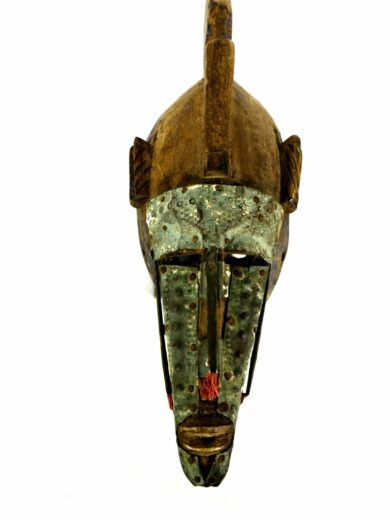
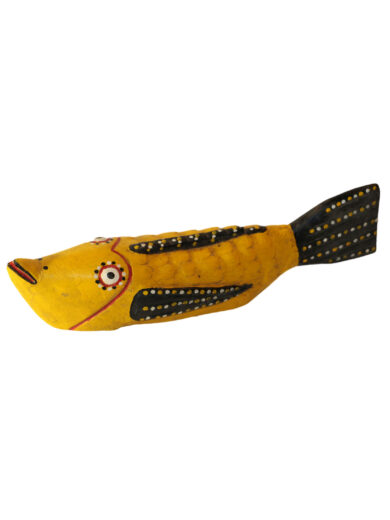
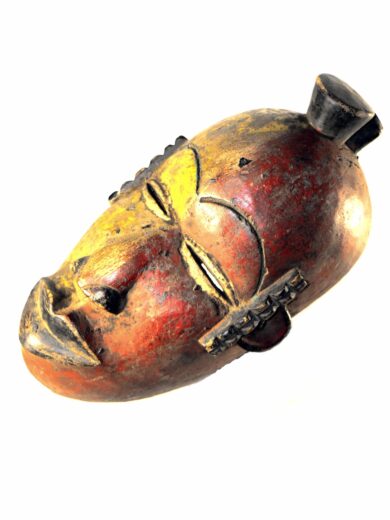
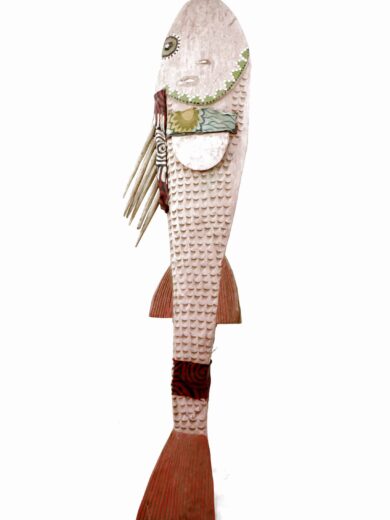
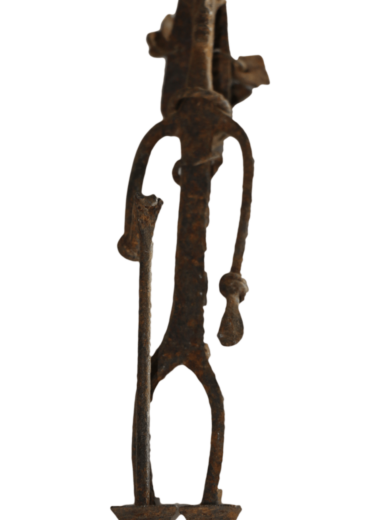
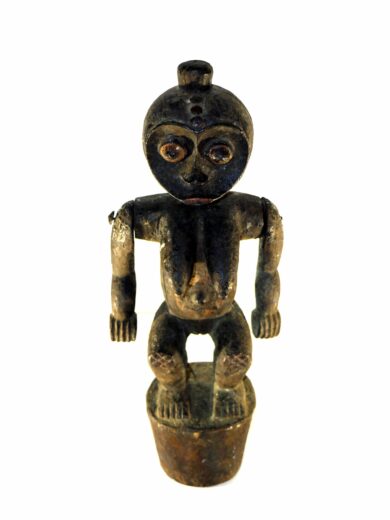
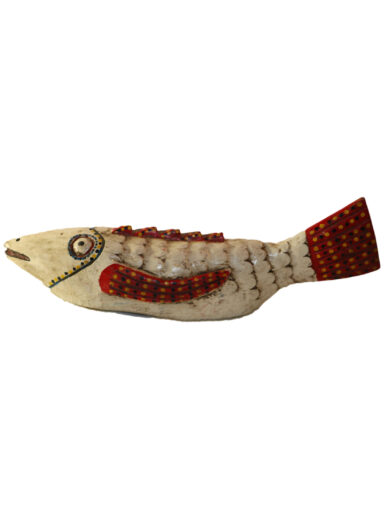
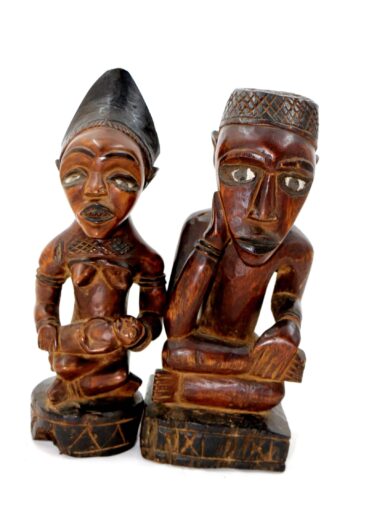
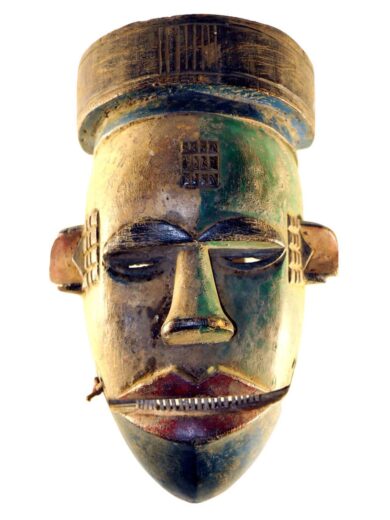
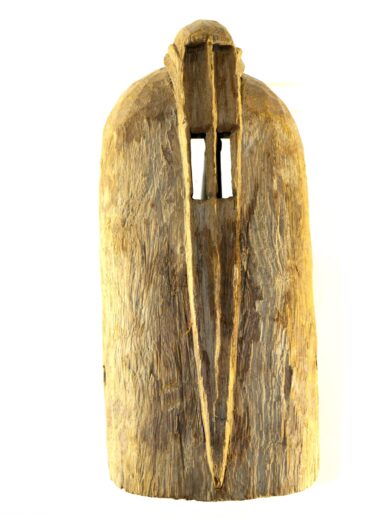
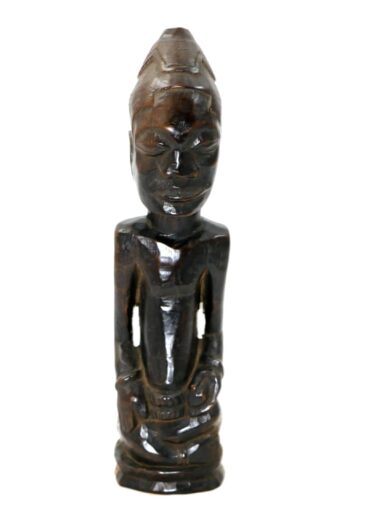
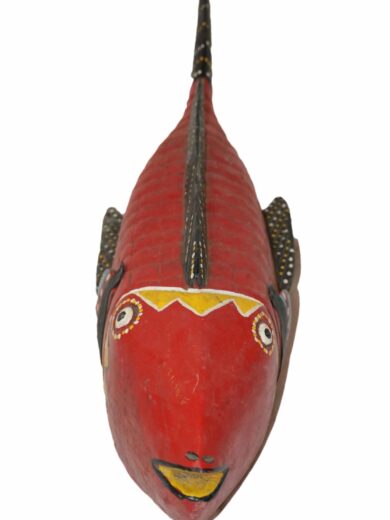
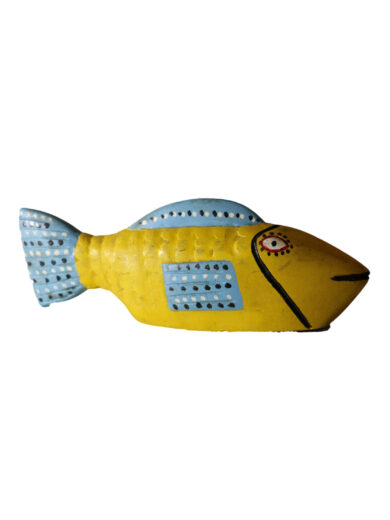
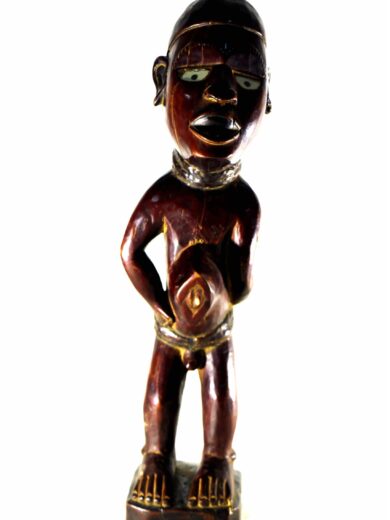
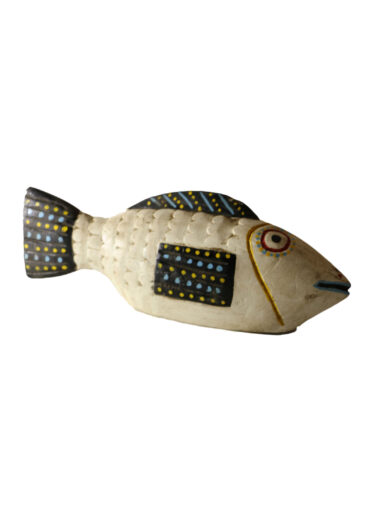
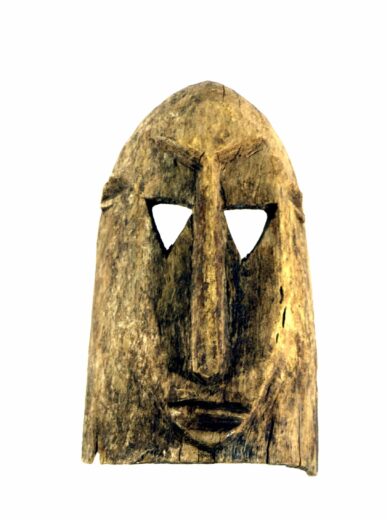

Reviews
There are no reviews yet.